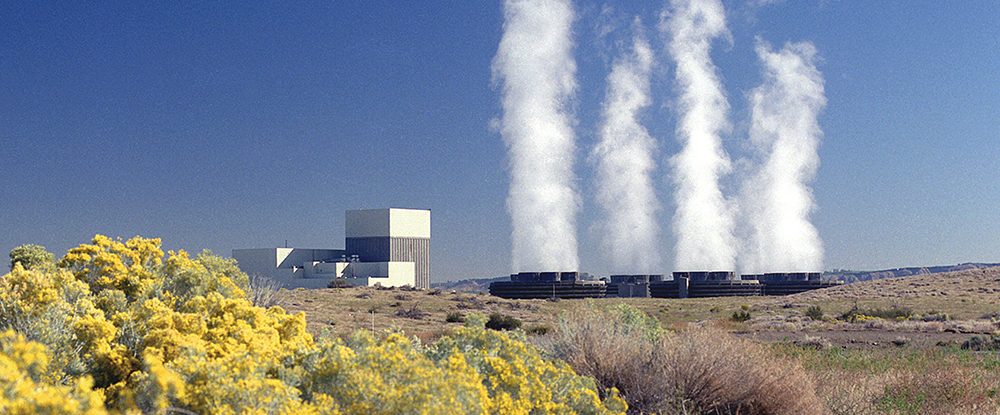Significance of Structure-Soil-Structure Interaction for Closely Spaced Structures

Nuclear facilities typically consist of many closely spaced structures with different sizes and depths of embedment. Seismic response of each structure could be influenced by dynamic structure-soil-structure interaction (SSSI) behavior of adjacent closely spaced structures. This paper examines the impact of SSSI on the in-structure response spectra (ISRS) and peak accelerations of a light structure adjacent to a heavy structure and of a heavy structure adjacent to a similar heavy structure for several soil cases, foundation embedment depths, and separation distances. The impacts of a heavy surface or embedded structure on adjacent ground motions were studied. The analyses demonstrated the adjacent ground motions are sensitive to foundation embedment, soil profile, response frequency, and distance from the structure. Seismic responses of a light structure located near a heavy structure are calculated either by modeling both structures subjected to free field motions, or performing a cascade analysis by considering the light structure model subjected to modified ground motions due to the heavy structure. Cascade SSSI analyses are shown to adequately account for the effect of the heavy structure on the light structure without explicitly modeling both structures together in a single analysis. To further study the influence of SSSI behavior, this paper examines dynamic response of two adjacent heavy structures and compares this response to response of a single heavy structure neglecting adjacent structures. The SSSI responses of the two heavy structures are evaluated for varying soil conditions and structure separation distances using three-dimensional linear SSI analyses and considering anti-symmetry boundary conditions. The analyses demonstrate that the SSSI response of a light or a heavy structure can be influenced by the presence of a nearby heavy structure. Although this study considers linear analysis methodology, the conclusion of SSSI influences on dynamic behavior is similar to that reported in nonlinear experimental SSSI studies (Trombetta et al., 2012).
Publisher
Nuclear Engineering and Design